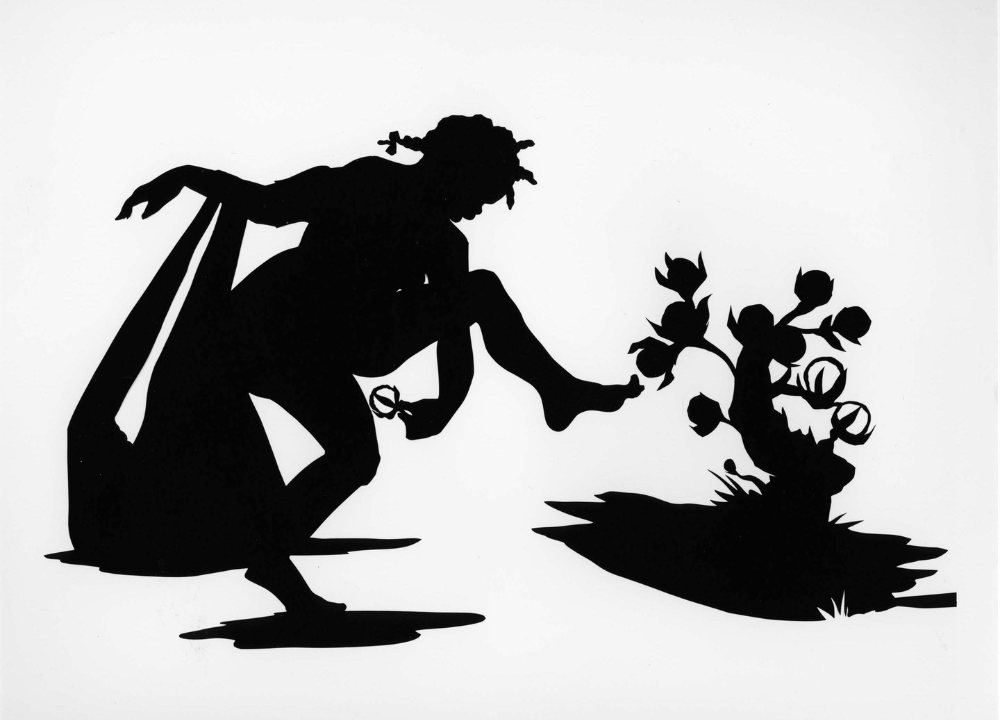Oil painting is not just for the experts; it’s a skill you can learn and enjoy. In this guide, you’ll discover essential techniques and tips that will make the process easier and more rewarding. Imagine the satisfaction of creating your own masterpiece.
You can express your emotions, capture stunning landscapes, or bring your imagination to life with just a brush and some oil paint. Whether you want to paint for fun or aspire to create gallery-worthy art, this article is designed for you.
Getting Started: Your Basic Oil Painting Supplies
Oil painting is a beautiful art form that allows you to express your creativity. For beginners, understanding the right supplies is crucial. Getting started with oil painting requires a few basic items. These supplies will help you create stunning pieces, even as a beginner.
Essential Paints & Brushes
The choice of paints and brushes can greatly impact your oil painting experience. Start with a basic set of oil paints. Look for paints that have high pigment quality. This ensures vibrant colors in your artwork. Here are some key points to consider:
- Oil Paints: Choose a set that includes primary colors: red, blue, yellow, black, and white.
- Brushes: Select a variety of brushes. Use different shapes like round and flat.
- Brush Sizes: Have brushes in various sizes for detailed work and larger areas.
Here’s a simple table to help you choose your basic paints and brushes:
| Item | Purpose |
|---|---|
| Oil Paints | Primary and secondary colors for mixing. |
| Round Brushes | Detail work and fine lines. |
| Flat Brushes | Washing and broad strokes. |
| Filbert Brushes | Soft edges and blending. |
When selecting brushes, consider the bristle type. Sable and hog hair brushes are popular. Synthetic brushes are also a good choice for beginners.
Surfaces & Solvents
The surface you paint on affects your final piece. Common surfaces include canvas, wood panels, and boards. Each surface has its own texture and absorbency. Here are some things to keep in mind:
- Canvas: Pre-stretched canvas is a popular choice. It is ready to use and durable.
- Wood Panels: These provide a smooth surface. They are great for detailed work.
- Canvas Boards: These are lightweight and easy to store.
Solvents help you thin paint and clean brushes. The most common solvent is turpentine. However, odorless mineral spirits are a safer option. Here’s a quick comparison:
| Solvent | Characteristics |
|---|---|
| Turpentine | Strong smell, effective but harsh. |
| Odorless Mineral Spirits | Less odor, safer for indoor use. |
Always work in a well-ventilated area. This helps reduce exposure to fumes from paints and solvents. With the right supplies, you are ready to start oil painting!
Fundamental Oil Painting Techniques
Oil painting can be a rewarding hobby. For beginners, understanding basic techniques is essential. This section focuses on fundamental oil painting techniques. These techniques will help you create beautiful art with oils. Master these skills for better results.
Understanding Fat Over Lean
Fat over lean is a crucial principle in oil painting. It means that each layer of paint should be more oil-rich than the one beneath it. This technique prevents cracking and ensures that the painting lasts longer. Here are some key points:
- Lean layers: Use less oil. This means mixing paint with solvents like turpentine.
- Fat layers: Add more oil, like linseed oil. This creates a smooth finish.
- Layering: Always apply lean paints first. Follow with fatter layers.
Here is a simple table to visualize the differences:
| Layer Type | Oil Content | Example Additives |
|---|---|---|
| Lean | Low | Turpentine |
| Fat | High | Linseed Oil |
Following this principle helps you avoid problems in your painting. Remember, always think about the oil content in each layer.
Blending & Gradation
Blending and gradation are important for creating smooth transitions in your artwork. This technique helps merge colors seamlessly. It gives depth and realism to your paintings. Here are some tips for effective blending:
- Use a soft brush: A soft brush works best for blending.
- Wet paint: Blend while the paint is still wet. This makes it easier.
- Short strokes: Use short, light strokes for better control.
To practice blending, follow these steps:
- Choose two colors you want to blend.
- Apply the first color on your canvas.
- While it’s still wet, add the second color next to it.
- Gently brush back and forth to mix the colors.
By mastering blending, your paintings will look more polished. Gradation adds depth and dimension, making your artwork stand out.
Alla Prima (Wet-on-wet) Painting
Alla prima, or wet-on-wet, is a direct painting technique. It involves applying wet paint onto wet paint. This method allows for vibrant colors and spontaneous results. Here are some key features:
- Fast application: Complete a painting in one session.
- Fresh colors: Keep colors vibrant by using them wet.
- Less layering: Focus on bold strokes instead of building layers.
To try alla prima, follow these steps:
- Set up your canvas and materials.
- Work quickly to apply your first layer of paint.
- Continue adding colors while the base is wet.
- Experiment with brushes for different effects.
Alla prima painting can be exciting. It encourages creativity and lets you explore your style. Enjoy the freedom of painting wet-on-wet!

Drying Times & Layering Strategies
For beginners, understanding drying times and layering strategies is essential. These elements affect the final outcome of your artwork. Knowing how to manage drying times can enhance your layering techniques. This knowledge leads to stunning results, even for novice painters.
Managing Oil Paint Drying
Oil paint dries slowly. This allows artists to blend colors easily. However, this slow drying time can also create challenges. Here are some key points to remember:
- Drying Time: Most oil paints take days to weeks to dry completely.
- Thin Layers: Thin layers dry faster than thick ones.
- Temperature: Warmer temperatures speed up drying time.
- Airflow: Good airflow helps paint dry quicker.
Managing drying times is crucial. Use the following tips:
- Keep your workspace warm and well-ventilated.
- Use a palette with a slower-drying medium.
- Test drying times on scrap paper.
Consider this table for drying times of common oil paints:
| Paint Type | Drying Time |
|---|---|
| Linseed Oil | 6 to 8 hours |
| Poppy Oil | 4 to 6 hours |
| Safflower Oil | 5 to 7 hours |
Understanding these factors helps in planning your painting sessions. Proper management of drying times enhances your overall painting experience.
Building Layers Effectively
Layering is a vital technique in oil painting. It adds depth and richness to your artwork. Follow these guidelines to build layers effectively:
- Fat Over Lean: Always apply fat (more oil) over lean (less oil) layers.
- Wait for Drying: Allow each layer to dry before adding the next.
- Use Glazes: Thin layers of transparent paint create a luminous effect.
Consider these tips for effective layering:
- Start with a thin underpainting.
- Gradually add thicker layers.
- Use a soft brush for smooth transitions.
Check this table for layer drying times:
| Layer Type | Recommended Drying Time |
|---|---|
| Underpainting | 1 to 2 days |
| First Layer | 2 to 4 days |
| Glaze Layer | 1 to 3 days |
Building layers with care creates beautiful textures. Patience is key. Each layer enhances the previous one, leading to stunning artwork.
Important Tips For Beginners
Important tips can help you navigate these challenges. With the right approach, you can enhance your skills and enjoy creating beautiful art. This guide will cover workspace setup, cleaning techniques, and the importance of practice.
Workspace Setup & Ventilation
Your workspace is crucial for oil painting. A clean, organized area helps you focus. Here are some tips for setting up:
- Choose a well-lit area. Natural light is best.
- Use a sturdy table. Ensure it is at a comfortable height.
- Have enough space for your canvas and materials.
- Keep supplies within reach. This includes paints, brushes, and solvents.
Ventilation is also important. Oil paints can release fumes. Good airflow helps reduce these risks.
Consider these ventilation tips:
- Open windows to let fresh air in.
- Use a fan to circulate air.
- Avoid working in closed spaces.
Here’s a simple checklist for your workspace:
| Item | Status |
|---|---|
| Lighting | Check |
| Table | Sturdy |
| Ventilation | Good |
| Supplies | Organized |
Cleaning Brushes & Palettes
Proper cleaning of brushes and palettes is key to maintaining your tools. Dirty brushes can ruin your artwork. Here’s how to clean them effectively:
- Use a solvent like turpentine or mineral spirits.
- Rinse brushes in the solvent. Swirl gently.
- Wash brushes with soap and water after solvent cleaning.
- Reshape the bristles after cleaning.
For palettes, here are some tips:
- Use a palette knife to scrape off dried paint.
- Clean with solvent to remove oil paint residue.
- Wipe with a cloth for a final clean.
Check this quick cleaning guide:
| Item | Cleaning Method |
|---|---|
| Brushes | Solvent & Soap |
| Palettes | Scrape & Wipe |
Practice & Patience
Oil painting requires practice and patience. Expect challenges as you learn. Each painting is a step in your journey.
Here are some tips to guide your practice:
- Set aside regular painting time.
- Experiment with different techniques.
- Try copying famous works for practice.
- Keep a sketchbook to plan ideas.
Remember, improvement comes over time. Celebrate small achievements along the way. Learning takes effort, and mistakes are part of that process.
Here’s a simple plan for your practice:
| Day | Activity |
|---|---|
| 1 | Color Mixing |
| 2 | Brush Techniques |
| 3 | Still Life Painting |
| 4 | Landscape Practice |
Stay committed. Enjoy the creative process. Each stroke builds your skills.




